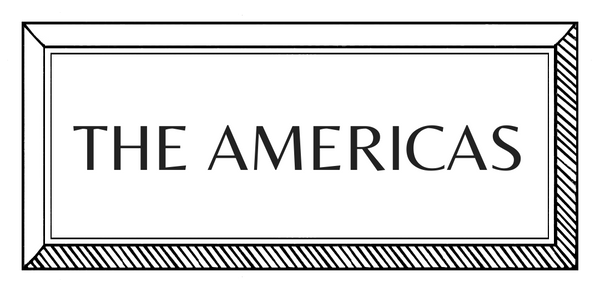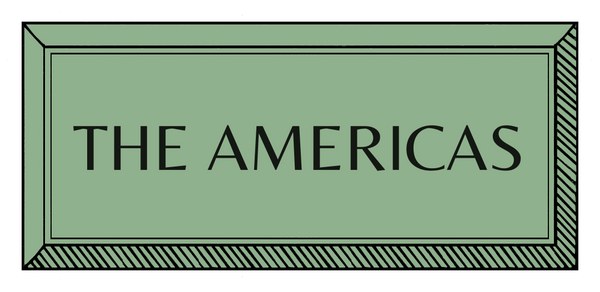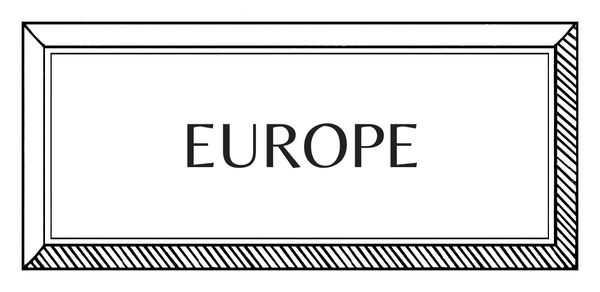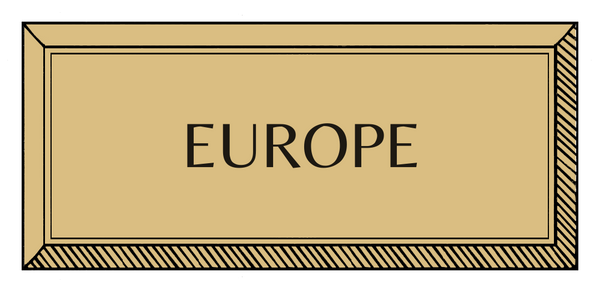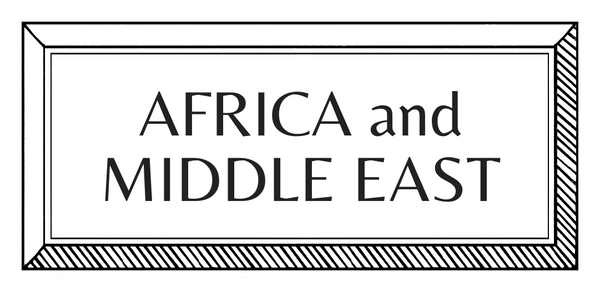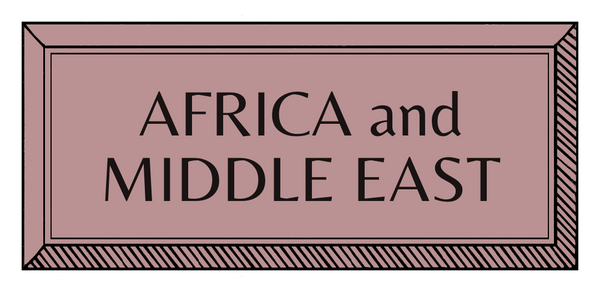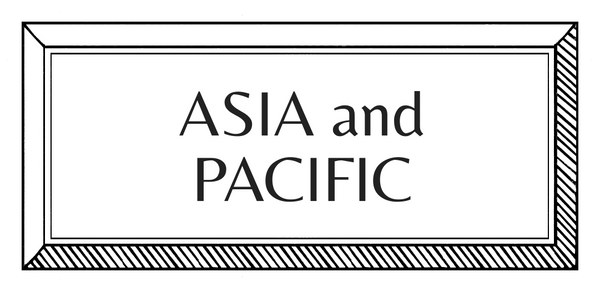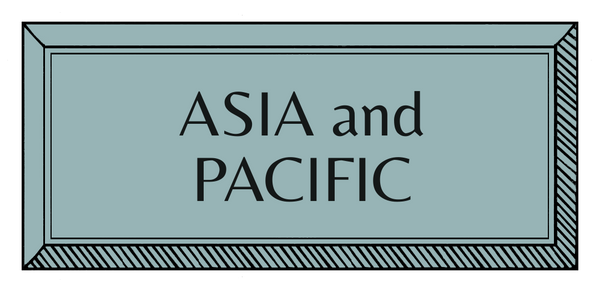CRAFT STORIES | AFRICA & MIDDLE EAST | RWANDA | WEAVING
The Tall Nyanza Baskets of Rwanda

In the mountain rainforests of Rwanda, the unparalleled Nyanza baskets reach for the skies. For a thousand years, in “le pays aux milles collines,” the traditional coiling technique has fostered unique large baskets used as both prestige objects, and as utilitarian storage vessels. The tradition continues to develop, manifesting some of the finest baskets created in the world today.
The oldest traditional Rwandan baskets are called Agaseke, which were originally made by women of the Tutsi aristocracy. These Agaseke carried the most valuable possessions of the Royal Family, including the King’s beer calabashes, his tobacco and pipes, or the Queen’s precious jewels and personal finery. Over time, these baskets held gifts for brides, and remained emblems of affluence and prized family possessions, eventually evolving to store grains after the harvest season.
Basket weaving is a Rwandan cultural heritage, passed down through generations of women over centuries. It is an expression of the identity, values, beliefs and social structures of the Rwandan people, and is considered a rite of passage for girls into womanhood.
“The stunning beauty of the Rwandan baskets speaks volumes through their intricate designs, shapes and colors. Their elegance represents a people at peace with their identity… The elegance of the Tall Nyanza baskets has made them stand out among all of the baskets made in Rwanda,” says Sarah Mutesi Ban, North American Marketing Manager of Gahaya Links.
With an original technique exclusive to Rwanda, these double layered baskets have a core constructed from rigid bamboo splints, woven together with strands of straw fiber, creating a wedge weave, which then results in the bold, crisp designs of the outer surface casing. Designs are inspired by the country’s hills and rivers, forests and animals, and are constructed from Sweet Grass, Bamboo Stick, and Sisal fiber made from pounded Agave plants.
Women convene in communal groups of friends and neighbors, planning their weavings according to the materials they have harvested. They gather to share ideas on color and design. This process of basket making has become a symbol of community spirit and has contributed to the healing process of the survivors of the 1994 Rwanda Genocide against the Tutsi. The Agaseke is now called a “peace basket,” a symbol of unity.
Acknowledging the vital importance of hand made basket weaving to Rwanda’s economy, Joy Ndungutse and Janet Nkubana founded Gahaya Links, a handicraft company dedicated to women’s economic empowerment through enterprise design. It has played a pivotal role in promoting reconciliation efforts and helped women address positive living and the stigma around HIV and AIDS.
With 5000 weavers in 52 cooperatives throughout Rwanda, Gahaya Links has preserved the heritage of its country’s traditional basket making whilst transforming its historic art craft, evolving its baskets in response to international contemporary design directions. More sought after than ever, the Nyanza basket is literally soaring to new heights, crafted as tall as 60 inches! Their graphic patterns resonate with interior designers, and these days, the baskets grace settings around the world.

Contact: Info@gahayalinks.com
--------------
Based on an interview with Sarah Mutesi Ban.
Words by Peter Speliopoulos
Images from Chris Schwagga













